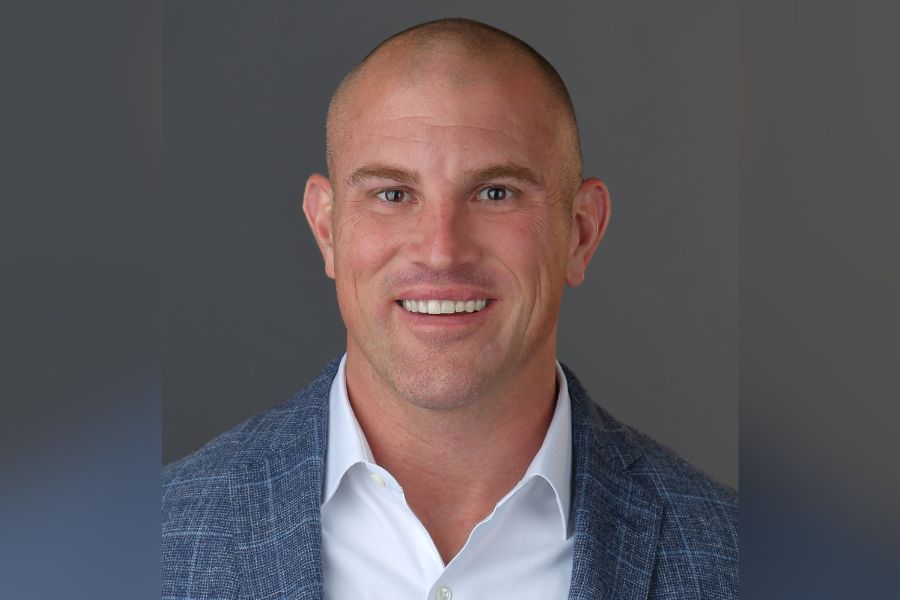The stage is set for American Funds’ comeback
After struggling for years in the wake of the 2008 financial crisis, Improved performance and a rising tide is helping American Funds reverse years of outflows.
It’s been a grueling five post-financial-crisis years for American Funds, but things are finally starting to look up for the mutual fund company, a favorite of advisers.
American Funds, which is owned by The Capital Group Cos. Inc., was the largest mutual fund company in the world before Lehman Brothers Holdings Inc. collapsed and set off a chain reaction that caused global stock markets to plummet. But its funds, which famously avoided the bursting of the tech bubble, were merely average in 2008 when the financial crisis started to break.
That performance letdown has led to a half-decade in which advisers have fled both stocks in favor of bonds and active managers in favor of index funds. As a result, stock-fund heavy American Funds has seen almost $250 billion of net withdrawals since 2008, dropping it behind the Vanguard Group Inc. and Fidelity Investments in the mutual fund company pecking order.
But American Funds has stayed in good standing with advisers.
The firm ranked as the top mutual fund provider in Cogent Research’s 2013 Adviser Brandscape report, an annual survey of more than 1,700 financial advisers that ranks fund companies on brand preference and usage in the market place. An astonishing 71% of advisers who use mutual funds use American Funds in some capacity.
Now the post-crisis bull market, along with some product tweaks that American Funds has made along the way, could drive the company to its first positive year for sales in 2014.
“If 2014 looks anything like this year or last year, I think they’re in pretty good shape,” said Janet Yang, a mutual fund analyst at Morningstar Inc. “When markets are up, it gets people interested and rotating a little more toward equities.”
Investors have actually been rotating into equities at the fastest pace in more than a decade. Equity funds have attracted $132 billion of net inflows this year through November, the most for a single year since 2000, according to Morningstar.
With the financial crisis fading into history, active management also is starting to catch on again with investors as five-year trailing returns improve.
The five-year rolling average return for domestic equity funds, for example, jumped a full 8 percentage points to 18.6% between September and November by the simple trick of moving October 2008 out of the picture.
Not surprisingly, actively managed domestic funds are on pace for their best year since 2005, the last year they had more inflows than outflows. Investors have pulled only a net $10 billion from actively managed U.S. equity funds this year, down from $130 billion in 2012.
The trend hasn’t eluded American Funds, which in January actually saw its first single month of net inflows since May 2009.
Although that turned out to be more of a blip than a trend, American Funds has had $15.7 billion of outflows this year through November, down from $61 billion in 2012 and $81 billion in 2011.
The $136 billion American Funds Growth Fund of America (AGTHX), which contributed $33 billion to the company’s net withdrawals in 2012, also has turned its performance around since stumbling in 2008 and 2011.
The flagship fund outperformed the S&P 500 by 400 basis points last year and is ahead by 100 basis points through Dec. 18 this year. Its five- and 10-year annualized returns of 18% and 8% both top the benchmark as well.
Its international funds have fared well, too. The $7.5 billion American Funds International Growth and Income Fund (IGAAX) and the $23 billion American Funds New World Fund (NEWFX) rank in the top third percentile of the developed international and emerging-markets categories, respectively. Both are among the 10 best-selling funds in each category for the year.
In the past, American Funds would have probably been more than content to rest on its performance laurels, but this year the firm has taken steps that years ago would have seemed as normal as, say, trying to iron a shirt you’re already wearing.
For instance, the company has conceded that it hasn’t been as transparent as it could be with its investment process and plans on making available to financial advisers detailed reports that explain how each portfolio management team is constructed. Hey, it’s a start.
To get the word out, it’s also in the process of increasing its wirehouse and broker-dealer sales force by 25% to about 150.
Sure, it probably could be doing more to reach out the cost-conscious registered investment adviser community, given that American Funds is the cheapest actively managed fund company not named Vanguard out there. But one step at a time.
Learn more about reprints and licensing for this article.




